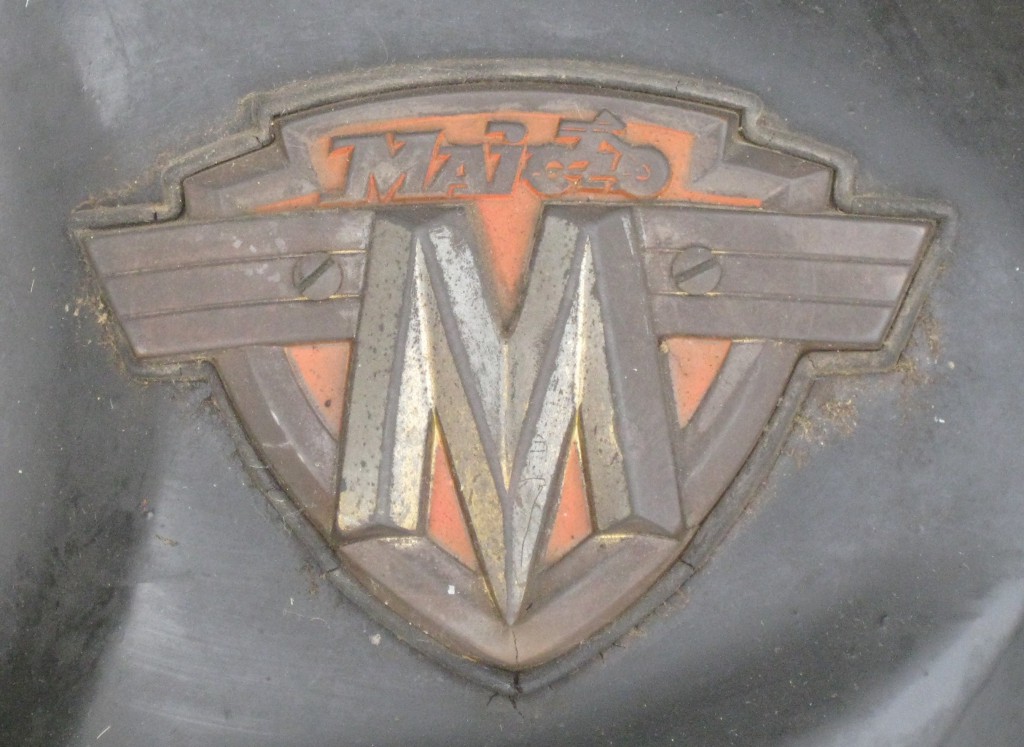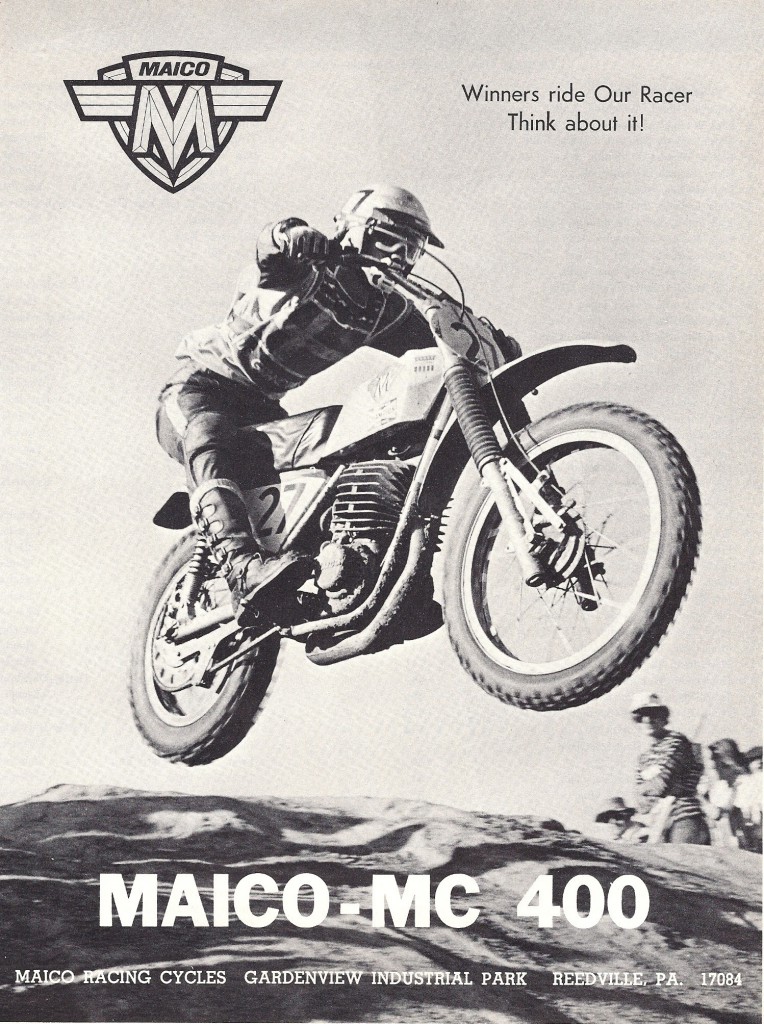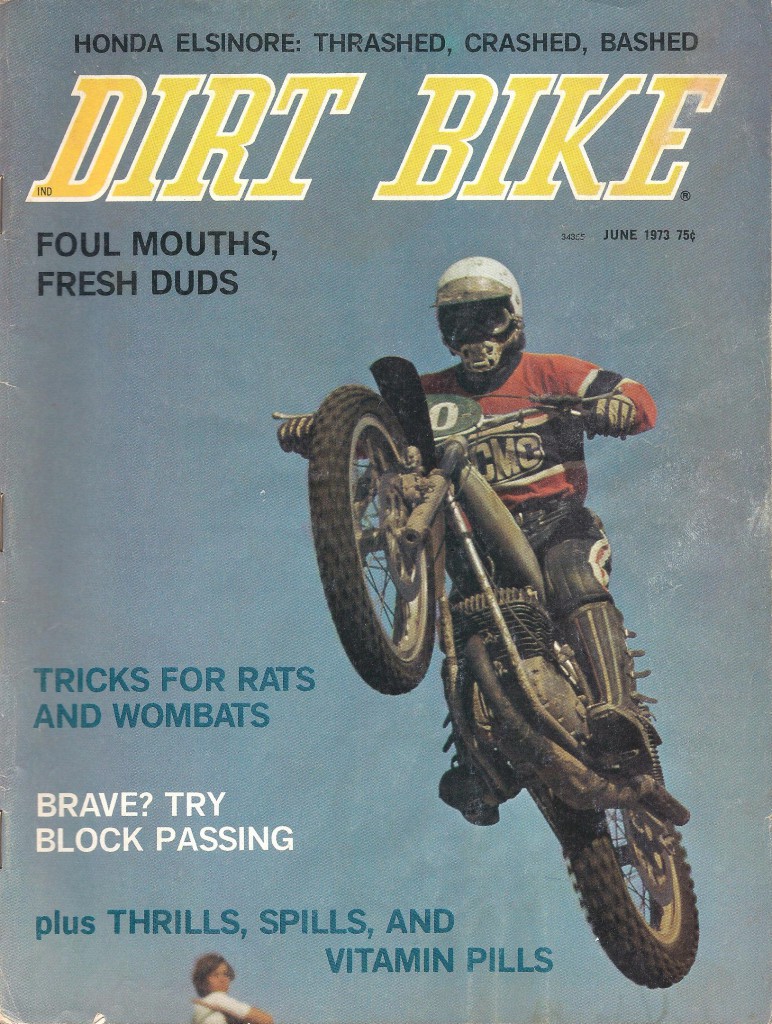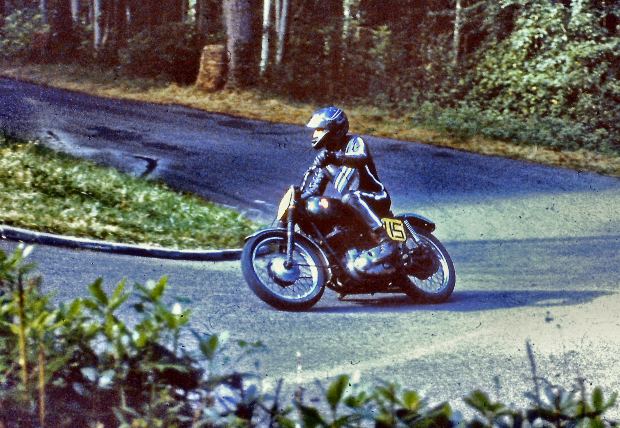No products in the cart.
The Motorcycle Bug Returns In 1986 I was a twenty-eight year old Marine captain in steamy Jacksonville, North Carolina, preparing to leave the military and get on with life. I was stationed at Marine Corps Air Station New River, across the brackish New River inlet from Camp Lejeune, whose thousands of Marines we supported […]





